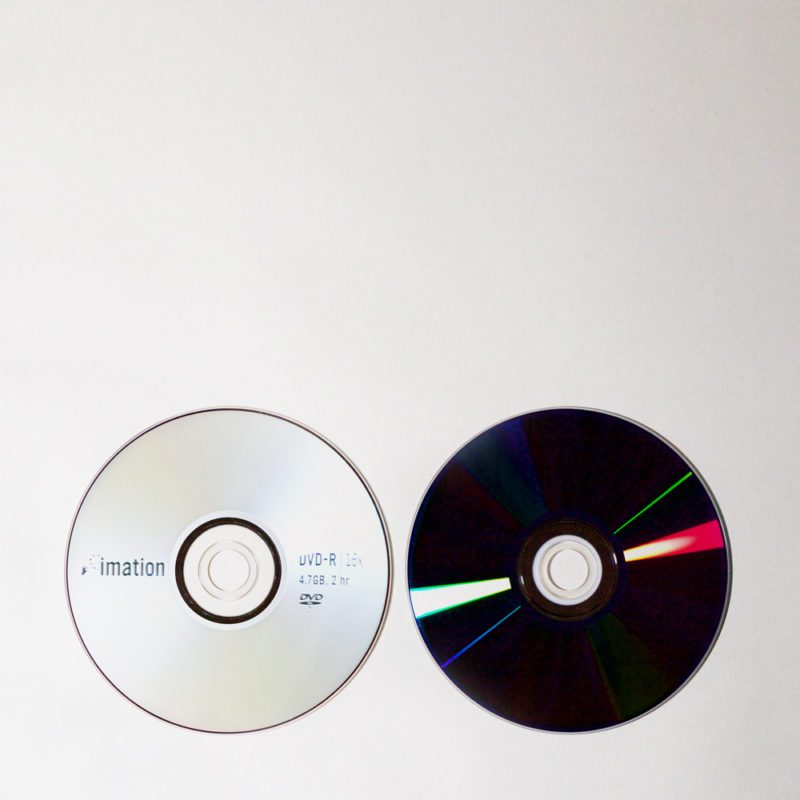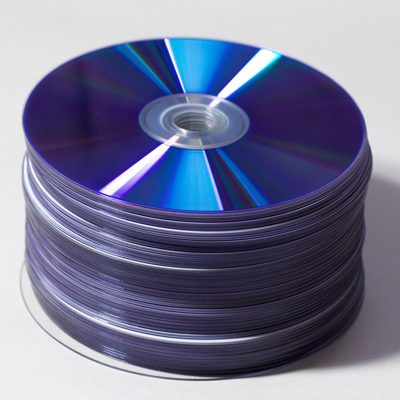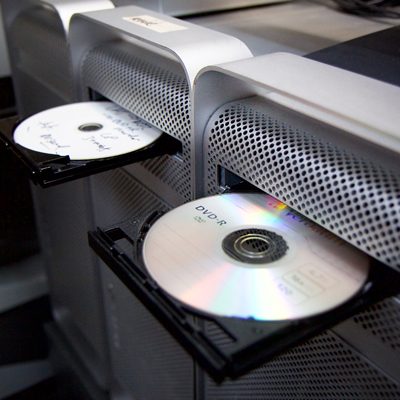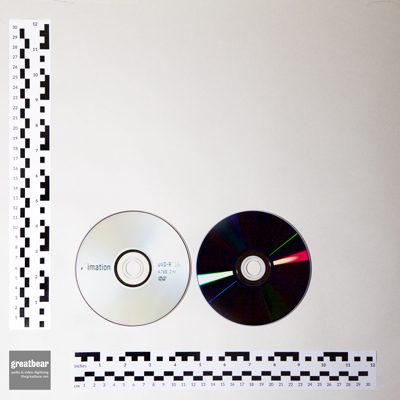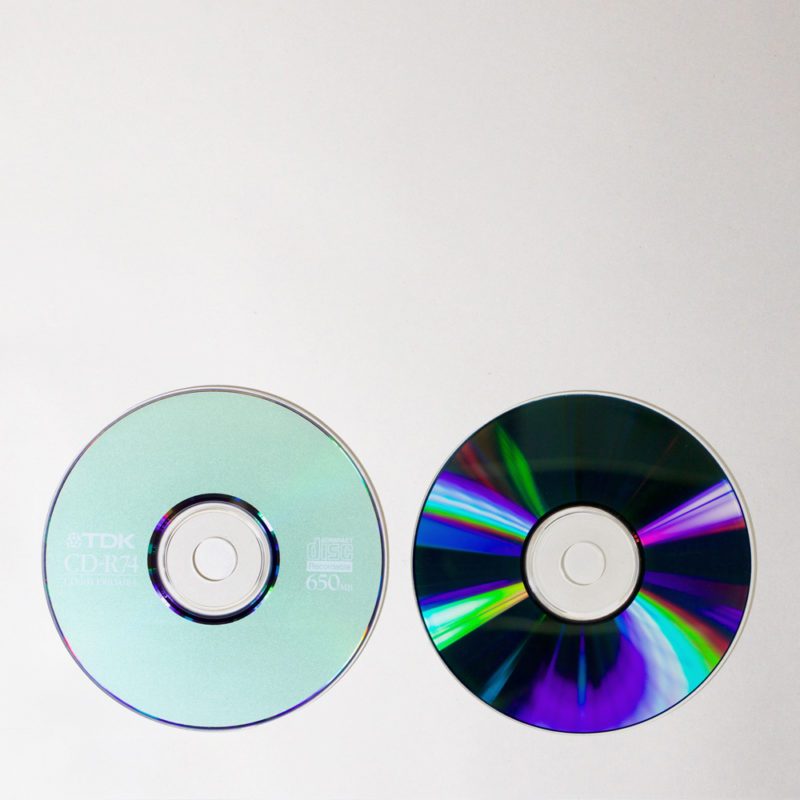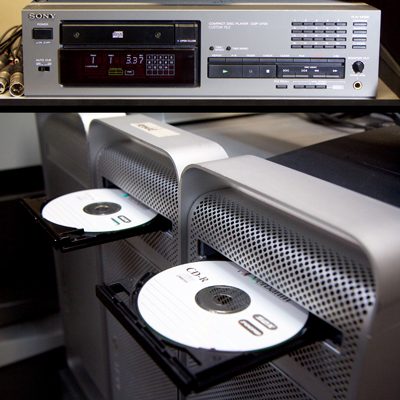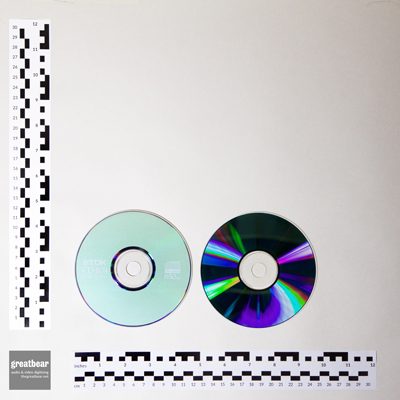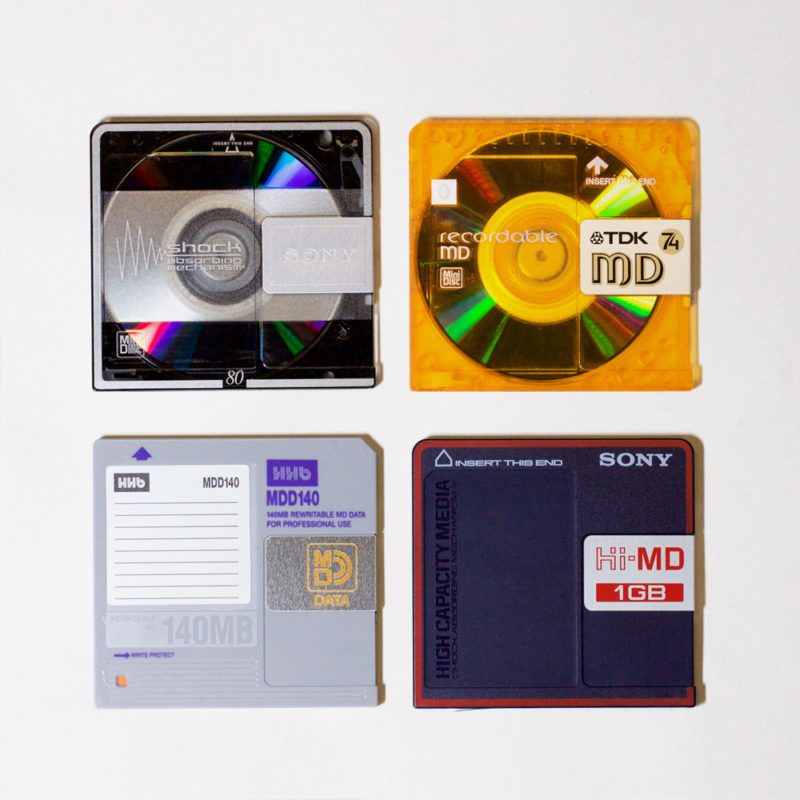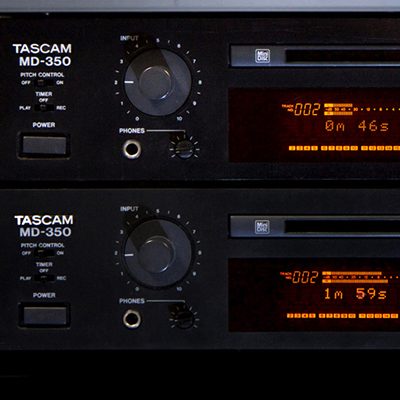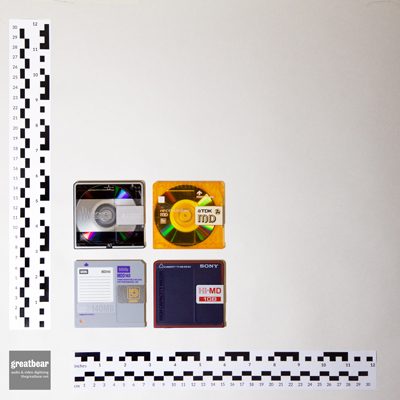introduction to audio on DVD transfer
As a born-digital format, recordings on DVD are best transferred at their native sample rate and bit depth.
We offer a range of delivery formats for our audio transfers. Following International Association of Sound and Audiovisual Archives TC-04 guidelines, we deliver high resolution Broadcast WAV files, together with MP3 audio file or audio CD listening versions. We're happy to create any other digital audio files, according to your needs.
We can provide the appropriately-sized USB delivery media for your files, or use media supplied by you, or deliver your files online. Files delivered on hard drive can be for any operating system - MacOS, Windows or GNU/Linux and filesystems (HFS+, NTFS or EXT3).
We assess DVDs for physical degradation before confirming the price of a transfer.
We offer free assessments - please contact us to discuss your project.


